
Basketball, which is not ranked in the top five in Australia
The Australian men’s basketball team defeated the Japanese men’s basketball team 84-68 in the group stage, making a “good start” in the first game of the Asian competition. Immediately afterwards, the Australian men’s basketball team surpassed the 16 points against Japan in every game. When the Asian Cup ended in Lebanon, the Australian men’s basketball team easily won the championship with an unbeaten record of an average of 29 points per game.
Compared with ordinary fans, the Iranian men’s basketball team, which lost by 23 points in the final, can better feel the strength of this “civilian” team. In the view of Iranian men’s basketball coach Khatimi, the Australian men’s basketball team joining the Asian battle is a “catfish effect” that can stimulate healthy competition among Asian teams.
“Australia’s participation in the Asian Cup provides us with an opportunity to develop and inspire ourselves. The Australian men’s basketball team will maximize the advantages of all high-level players. We Asian teams must also strengthen the skills of our players. Our players can also learn from such opponents.”
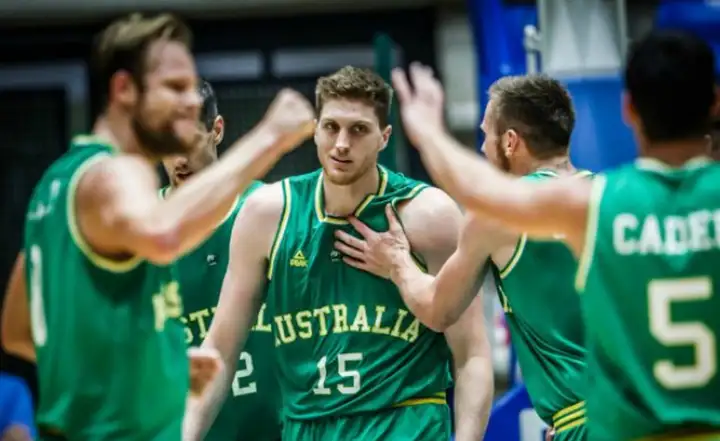
In this Asian Cup
The Australian men’s basketball team did not let any NBA players appear. The 12 people they sent were all from the domestic professional league (NBL) , and only David Anderson, Brad Newley and Daniel Kilkett had international competition experience – the average age of these three was over 34 years old, and the team leader Anderson did not play a single game.
From the starting lineup to the substitutes, this completely “mysterious” team dominated the Asian competition with overwhelming force. Considering the basketball atmosphere in Australia and the fact that the NBL is only a professional league with 8 teams and currently has limited influence worldwide, it is hard not to be curious about the “origins” of these players.
The United States has the most mature system for cultivating basketball talents in the world. In his book Playing Time, Kevin McNaught divides the American basketball system into six levels in a pyramid structure, from enlightenment entry to youth competition, then to the campus system, to semi-professionalism, and finally to the top of the professional pyramid represented by the NBA.
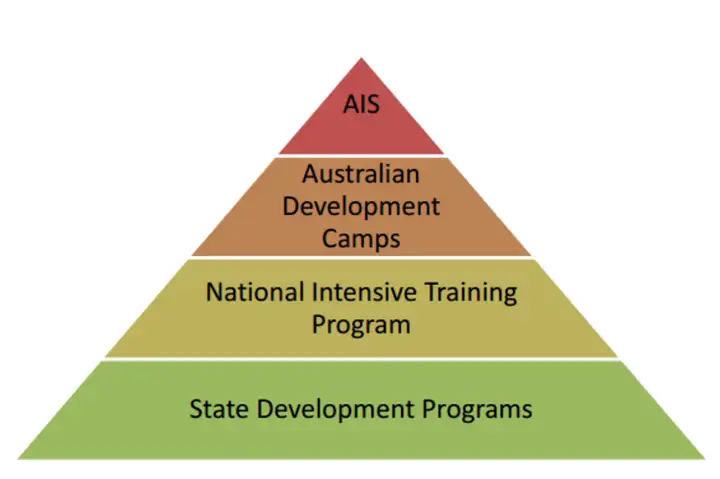
As early as 1981, Adrian Hurley, the godfather of Australian basketball, proposed a training mechanism similar to that of the United States, which was strengthened layer by layer. However, the top of his model was not the NBL, but the AIS, the Australian Institute of Sport. This institute is located in Canberra, the capital of Australia, and is a leading government-funded professional sports institute.
Hurley worked hard to make basketball a regular sport at the AIS in 2007, but basketball’s status in Australia has always lagged behind cricket, football, rugby, tennis and other sports. In August last year, according to statistics from the BBALLBREAKDOWN website, basketball ranked 9th in popularity among domestic sports in Australia and 11th in attendance.
Australian men’s basketball team
Taking the Australian men’s basketball team participating in this Asian Cup as a reference, except for Nick Kaye and Angus Brand who spent their college years in the United States, the other 10 players were once students of AIS – including the oldest Anderson, who was awarded a scholarship by AIS for three consecutive years starting in 1996.
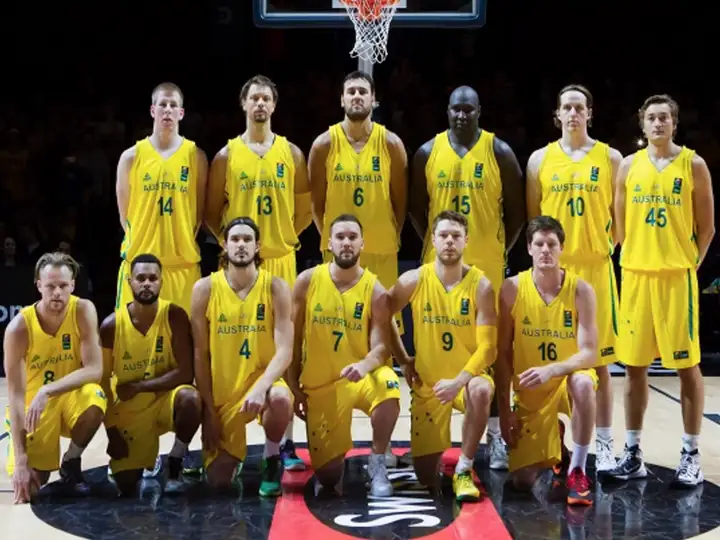
Scholarships are limited. Generally speaking, AIS only offers 12 places for men’s and women’s basketball programs each year. Which means that young people who climb up from lower-level divisions to AIS are all extraordinary talents. Since 2002, eight AIS students have enter the NBA through the draft. Which is better than some well-known NCAA schools such as Wake Forest University, Butler University, and University of Utah.
The eight players are: David Anderson (2002), Andrew Bogut (2005), Brad Newley (2007), Nathan Jawai (2008), Patty Mills (2009), Dante Exum (2014), Cameron Bairstow (2014), Ben Simmons (2016)
Matthew Dellavedova, Aron Baynes, Joe Ingles and Luke Schinchel, who signed with NBA teams without participating in the draft, all spent some time at AIS. The semi-professional league SEABL is the stage for all students around 18 years old to show their talents. After graduation, they can choose different levels of universities in the United States according to their personal abilities, or sign with the NBL to start their professional careers.
Last season
In his last season at AIS, Bogut averaged 29 points and 14.5 rebounds per game. He then joined the University of Utah and was selected as the first Australian NBA draft pick. Bogut showed his “big mouth” characteristics. He belittled “Australian NBA No. 1” Luke Longley: “My college resume is more impressive than any Australian player. I am not as clumsy as Luke. My athletic ability and shooting are better. I deserve the title of ‘No. 1’.”
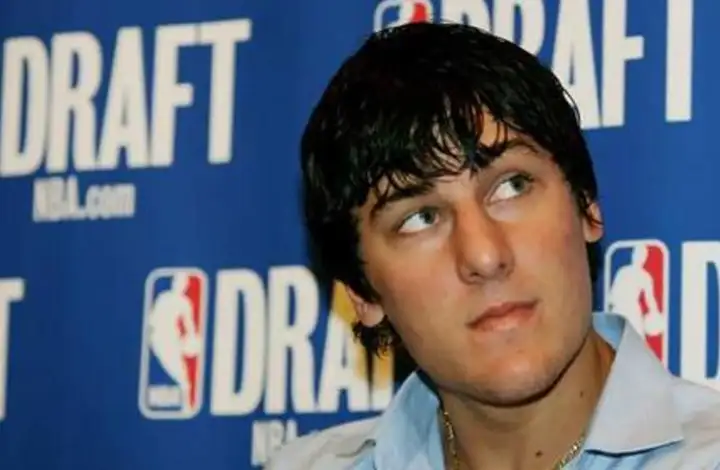
Facts have proved that Bogut’s selection as the No. 1 pick is an opportunity for Australian basketball to be exported. He has indeed achieved success in the NBA. From another perspective, AIS has achieved success in exporting talents . In the past three years, there has been at least one Australian player in the NBA championship team:
- 2014, San Antonio Spurs, Mills and Baynes
- 2015, Golden State Warriors, Andrew Bogut
- 2016, Cleveland Cavaliers, Dellavedova
The Australian government has paid off its annual investment of $5.7 million in basketball development. Not all of this money goes to AIS, but the grassroots can also share in the national dividend . The most important basketball talent training concept in the United States and Australia is fully reflected in the pyramid structure – starting from the largest “grassroots” group, consolidating each growth ladder is equally important to the energy stability of the top of the pyramid.
Basketball team
The superiority of this system is obvious. Even though the 12 players of the Australian men’s basketball team play for different teams in the NBL. The educational philosophy of AIS has been deeply rooted in the hearts of the people. The FIBA official website comment that they played “the most reasonable basketball in the entire tournament”. No one was selected for the best team of this Asian Cup, but 10 Australian players played more than 15 minutes every night – in addition, Anderson, who was “exempt from the game”, and Blanchfield, who played nearly 13 minutes.
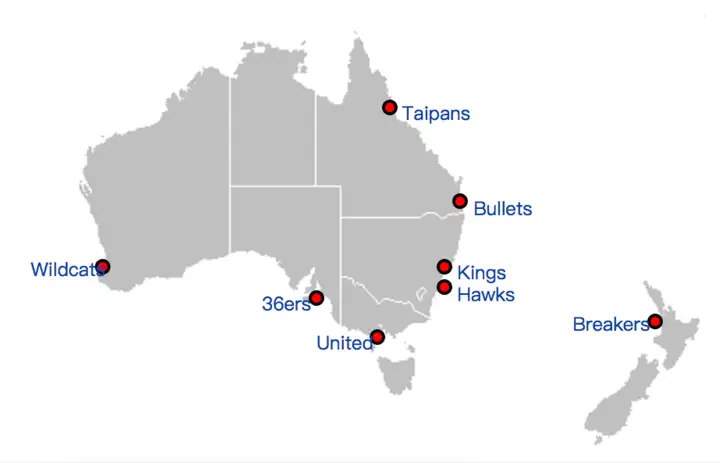
Looking around the world, in addition to its expanding influence in Asia. Australian players are also found in Europe, America and other continents. From the perspectives of geography, culture, professional leagues and club development. This country can be call a “small basketball country”. But it has also produced a force that can compete with the American “Dream Team”.
The AIS logo is the outline of the Australian territory surrounded by five golden ribbons. The main color of gold symbolizes the bright future of the country’s sports. The ambition to compete for glory in international competitions. It has never existed for the NBL or other commercial or professional leagues.


3 thoughts on “Basketball, which is not ranked in the top five in Australia”